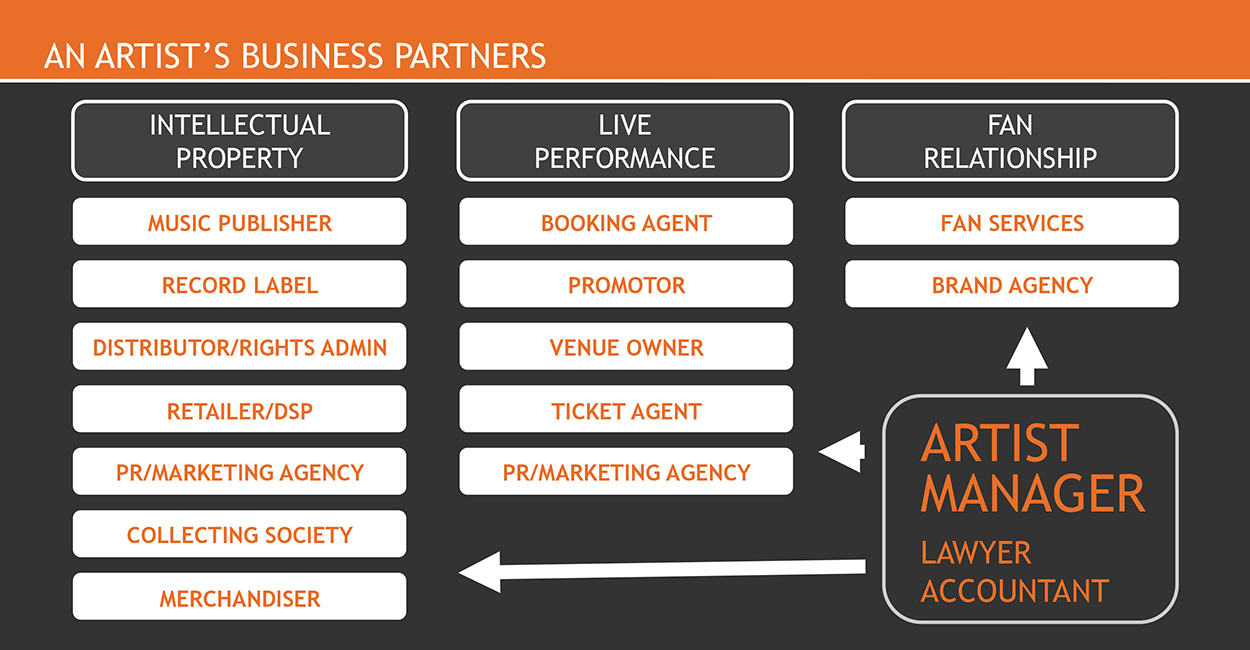This website uses cookies so that we can provide you with the best user experience possible. Cookie information is stored in your browser and performs functions such as recognising you when you return to our website and helping our team to understand which sections of the website you find most interesting and useful.
CMU Trends In Ten Record Industry Library
CMU Trends In Ten: The Evolution Of Record Deals
By Chris Cooke | Last Updated: April 2020

This is a ten step guide to how the artist/label relationship has changed over the last two decades and the options now available to artists when choosing a business partner to work with on their recorded music.


01. Record labels work with artists on their recorded music – though their role often goes beyond that
The music industry is made up of people and companies that work with artists to help them unlock and expand each of their different revenue streams – so their recordings, their songs, their merchandise, their shows, their other live performances, their brand partnerships and their various direct-to-fan activities.
As an artist’s career progresses and their individual artist business grows they will work with a number of different business partners from across the music industry. Most of those business partners are focused on one specific artist revenue stream.
So there are those business partners involved in an artist’s intellectual property. That, of course, includes the record company or record label, which is focused on the artist’s recorded music and exploiting the so called recording rights (aka the master rights).
But also the music publisher, which is focused on the separate song rights (aka the publishing rights). And the merchandiser, which turns the artist’s visual rights (eg photography, artwork, logo and brand) into physical products. Plus the collecting societies which take the lead on monetising an artist’s recordings and songs in certain scenarios.
Then there are those business partners involved in an artist’s live performances. That includes the promoters who put on the shows, the venues and ticketing platforms those promoters utilise, and the booking agent who seeks and negotiates each opportunity for the artist to play live.
Then there are those business partners that help the artist monetise the fan relationship. Whether that’s by offering extra products and services to the core fanbase, usually via direct-to-fan digital channels and platforms, or by negotiating deals with consumer brands that want to access and influence the artist’s audience.
On top of that there is management, the one business partner that gets involved in every aspect of an artist’s career and every single revenue stream. Supported by the artist’s lawyer and accountant, the manager is responsible for growing and managing the artist’s own business, and for negotiating deals and managing day-to-day relationships with all the other business partners.
This guide is all about the artist’s deal and relationship with the record label – ie the business partner that is focused on an artist’s recorded music and recording rights. Although, because the label – once on board – usually makes a cash investment into the artist and provides a wide range of marketing services, its impact often goes beyond that one revenue stream.
Because that investment and marketing – although technically focused on the artist’s recorded music – will also grow the artist’s profile and fanbase more generally. Which should mean that all of the other revenue streams will become more lucrative too, benefiting the artist across the board and all the different business partners.
For this reason, the label can become a particularly powerful partner within the artist’s business, especially when the label is working with an emerging artist whose primary focus is on significantly growing the fanbase.






